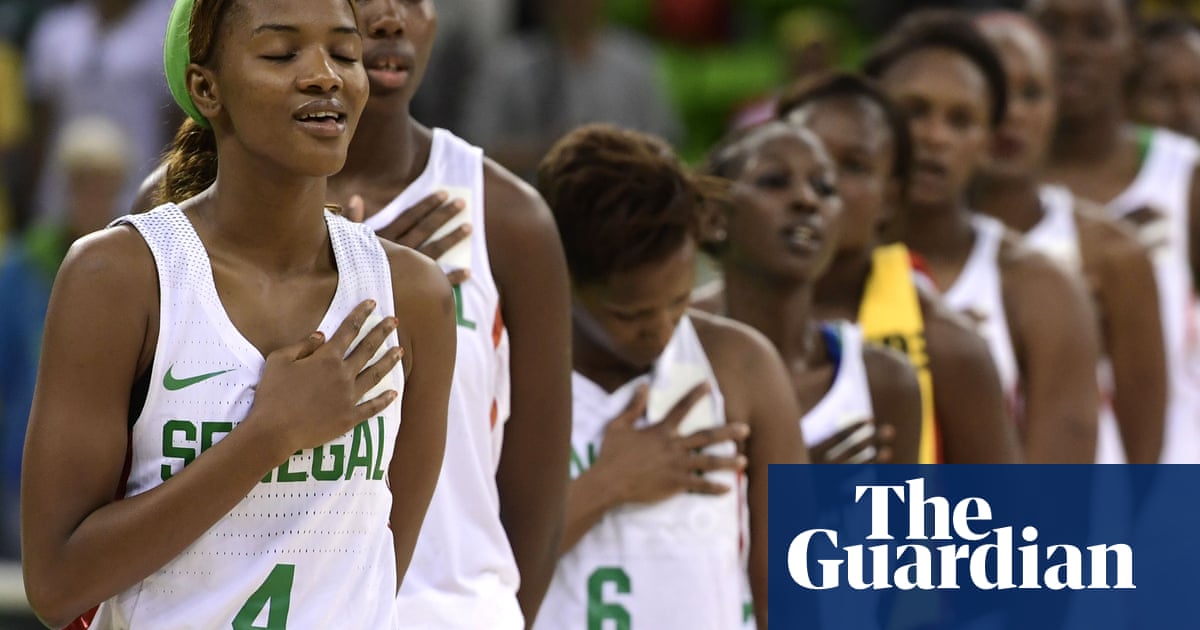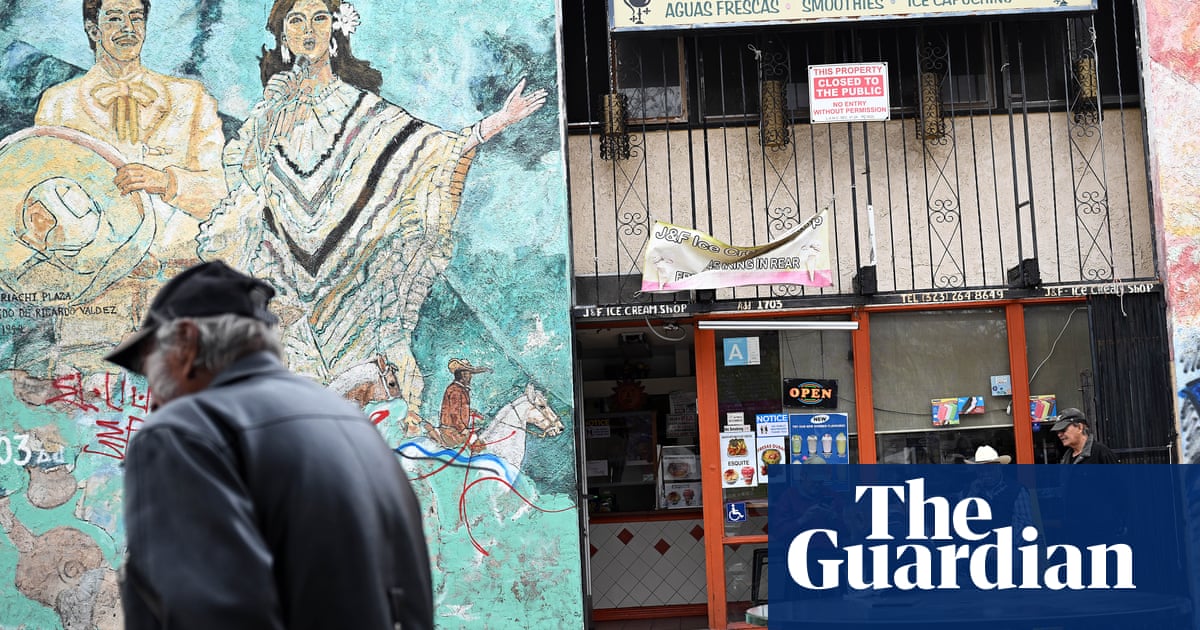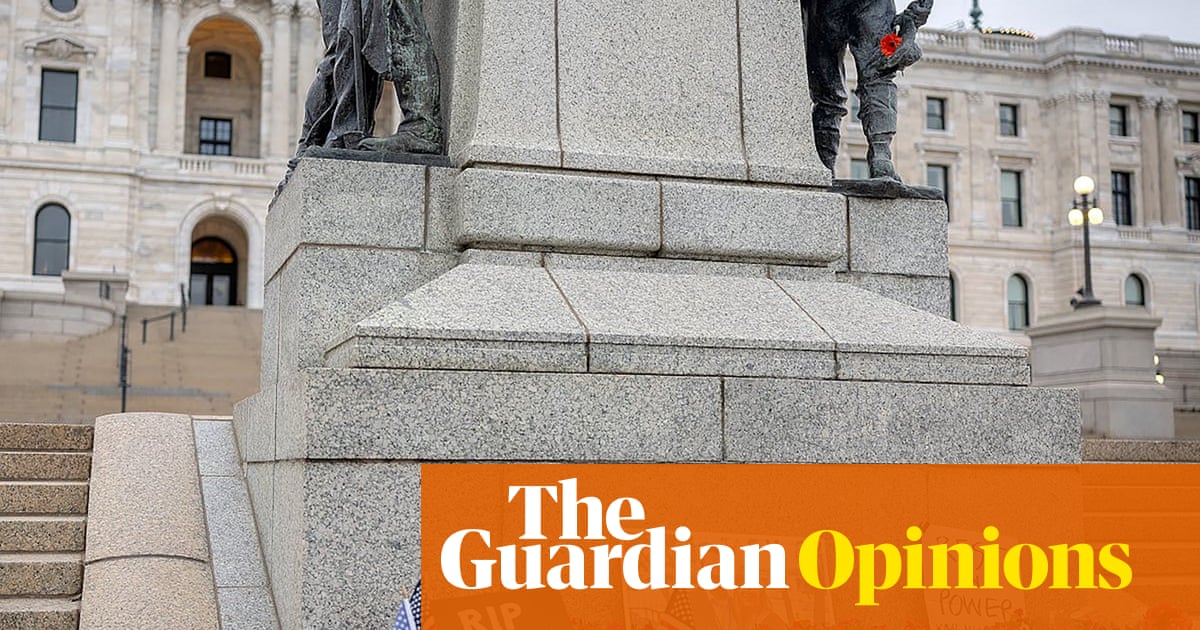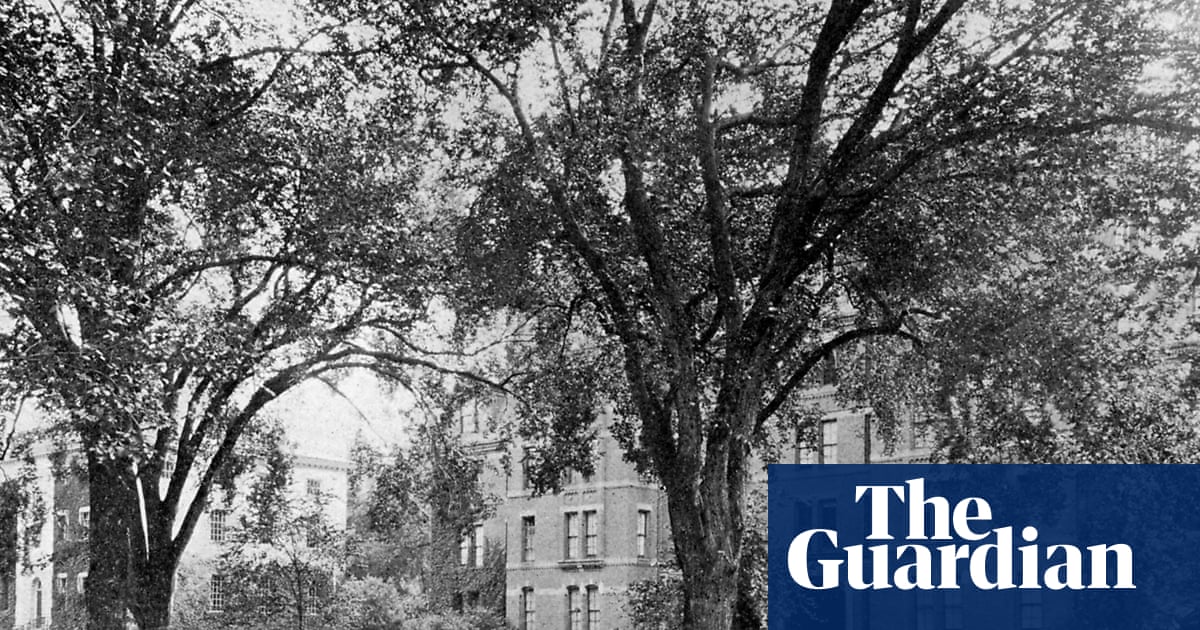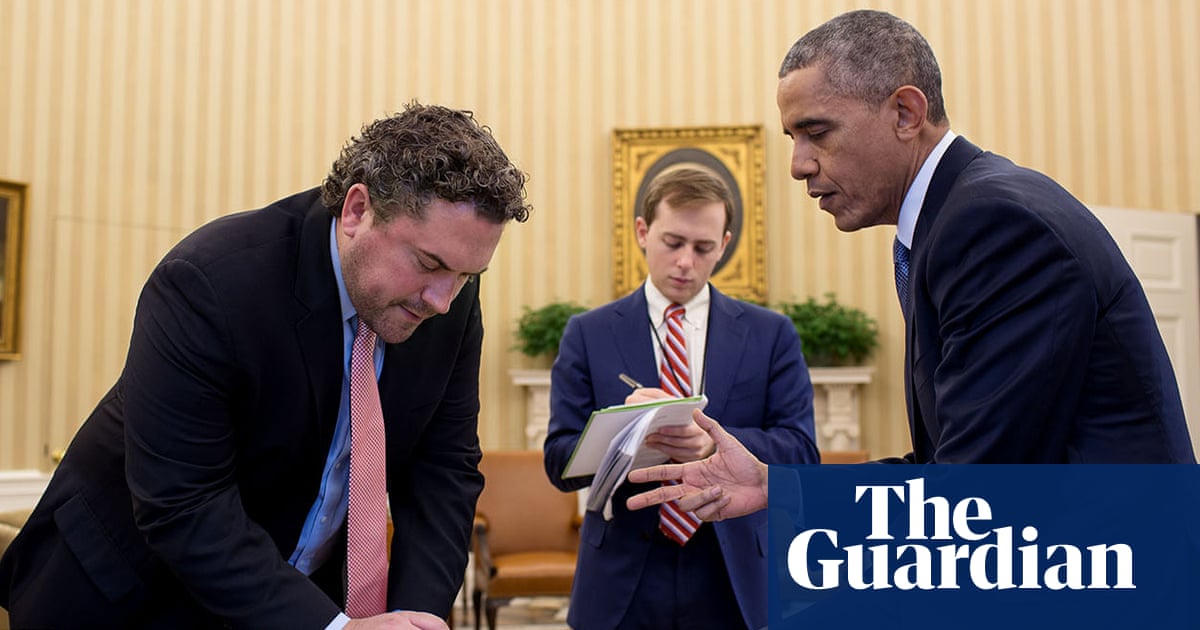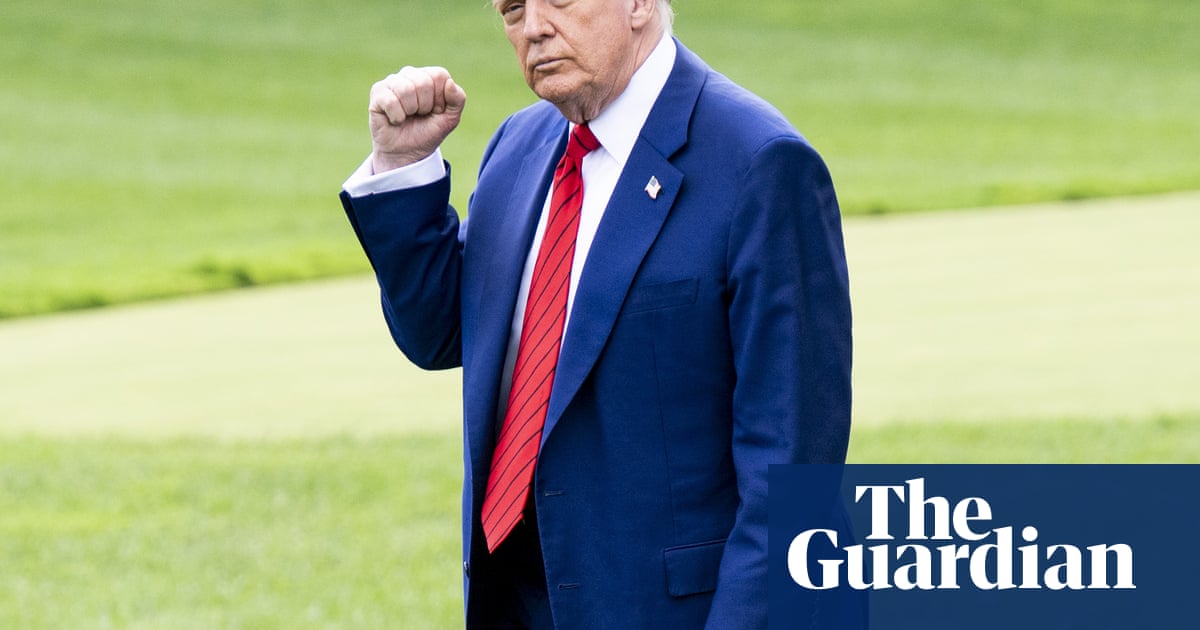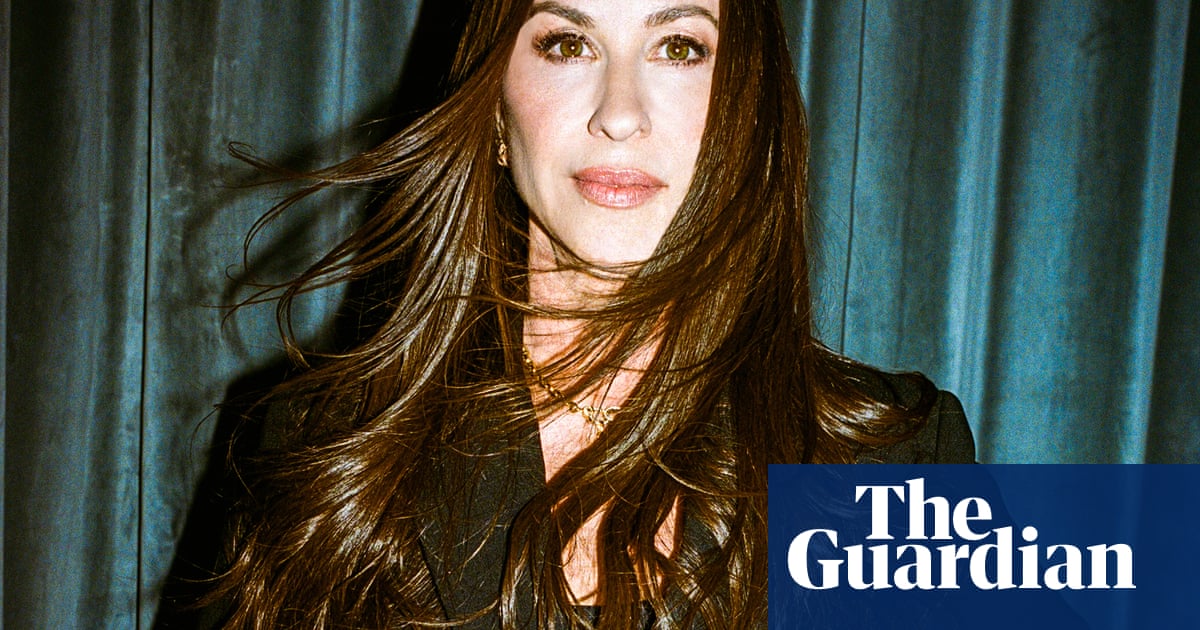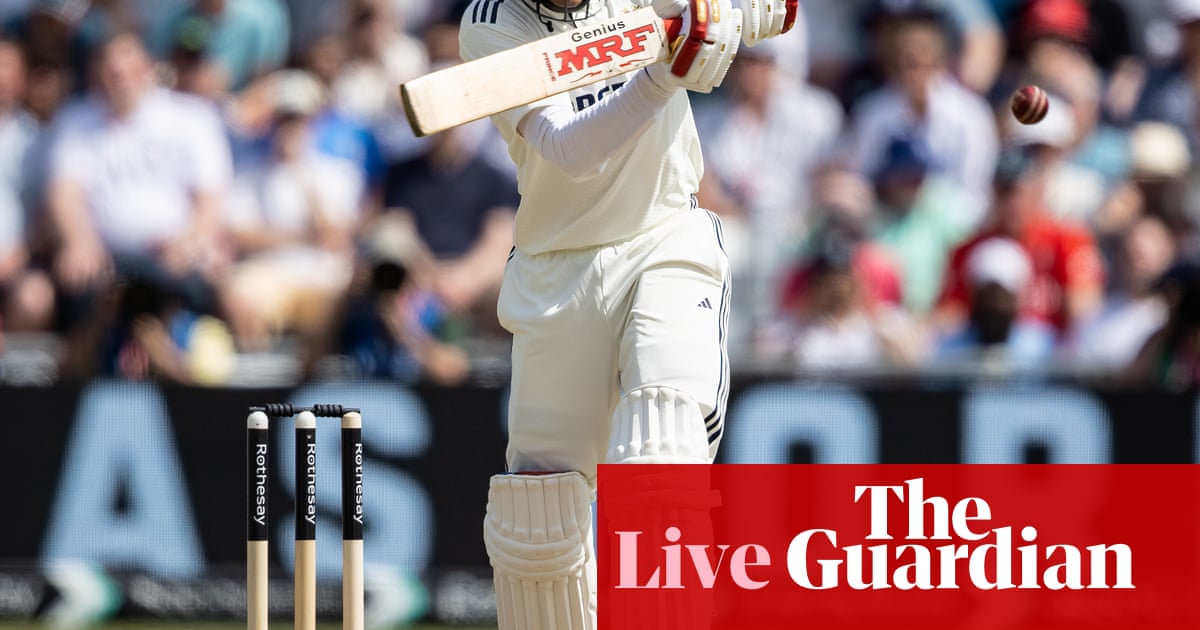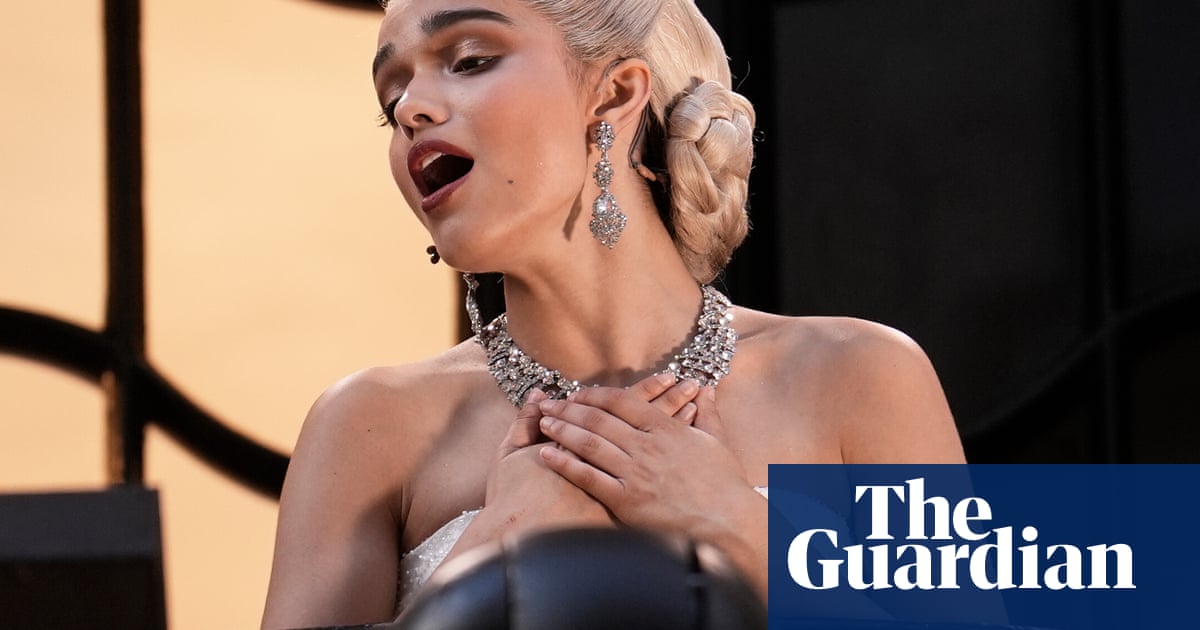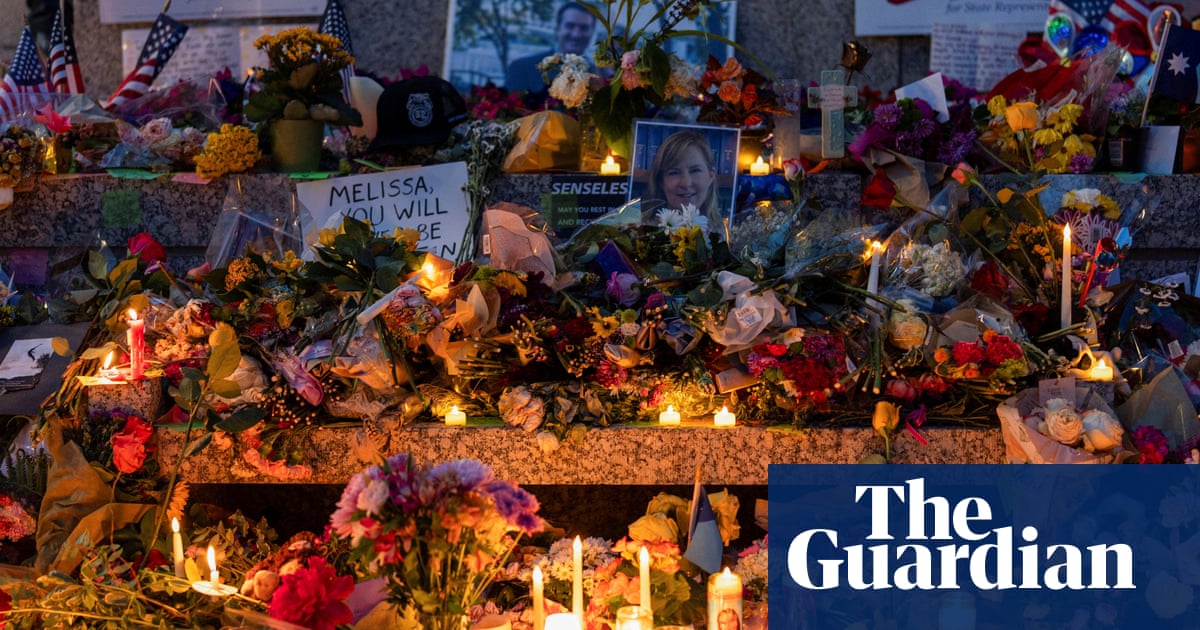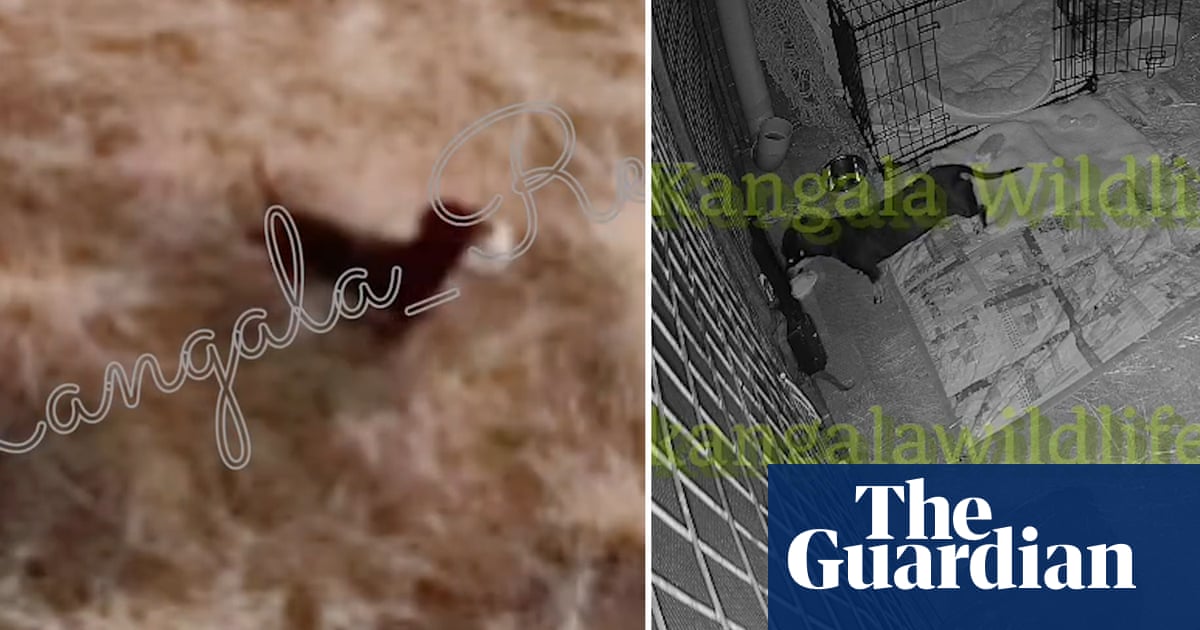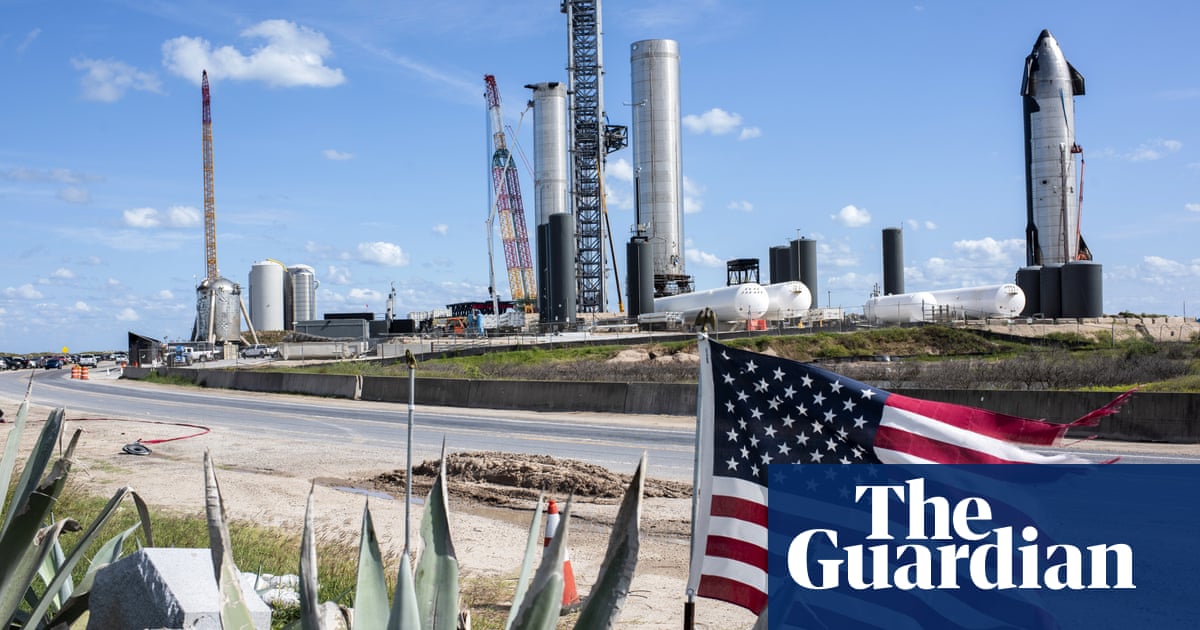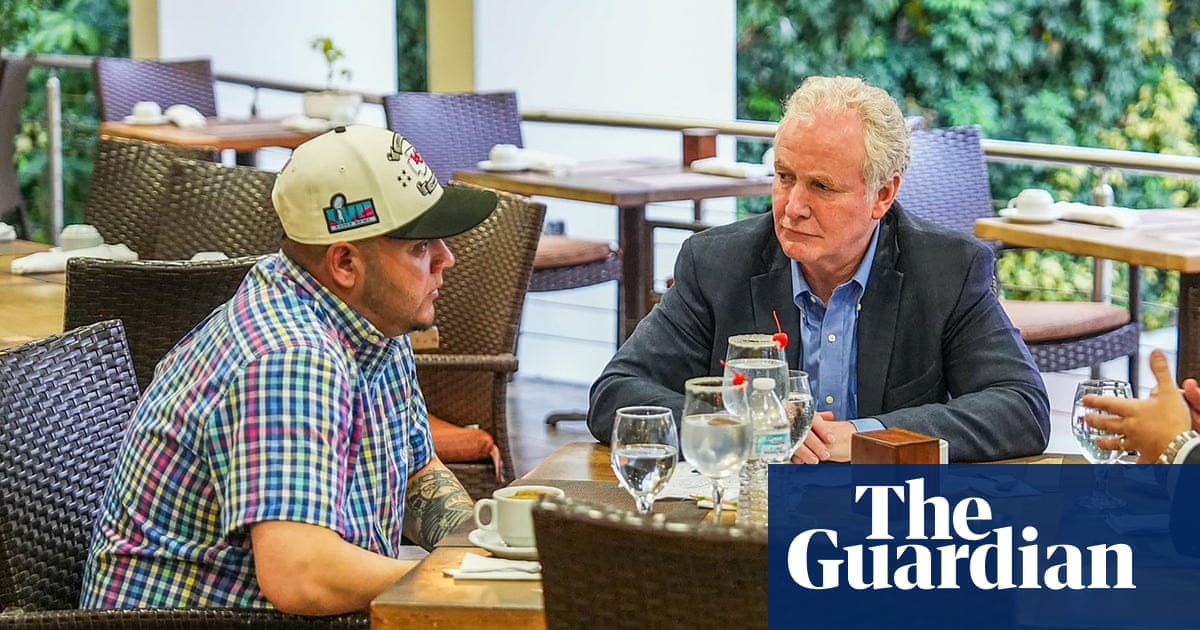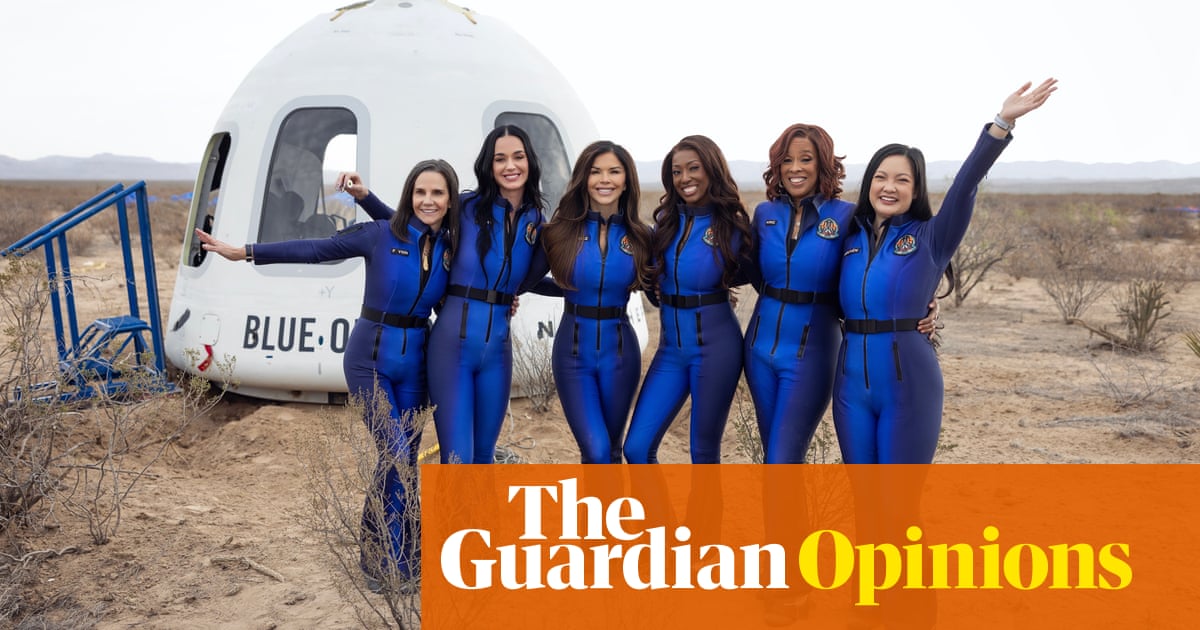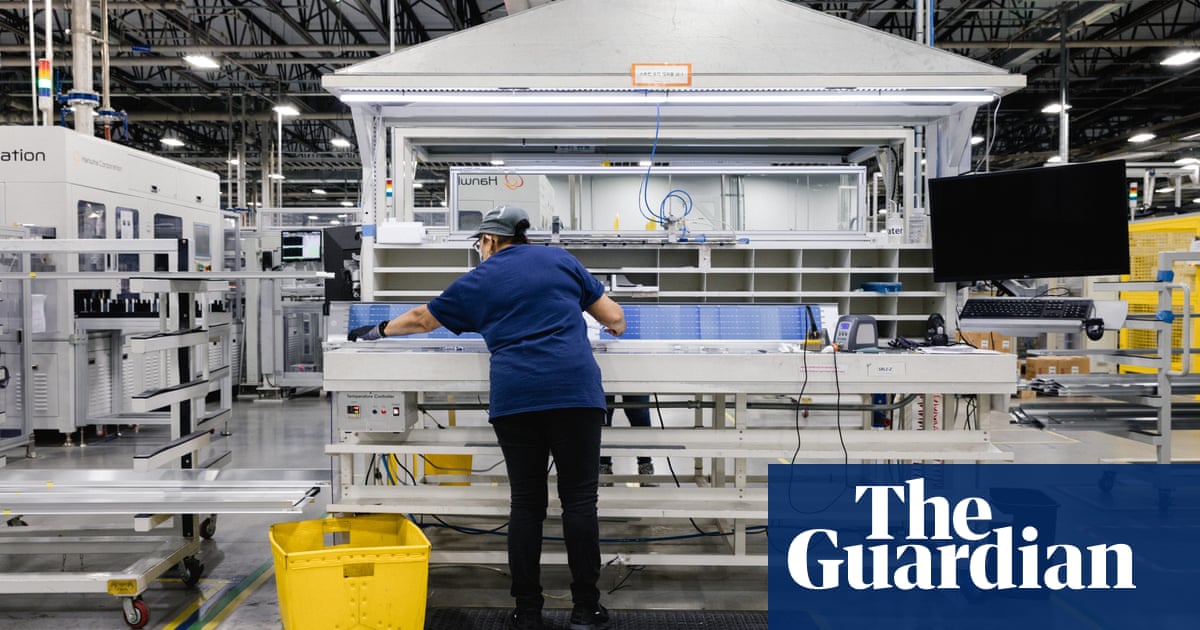As the sun sank behind St Peter’s Basilica on Wednesday evening without smoke emerging from the the Sistine Chapel chimney, some in the crowd began to wonder why the first vote of the conclave was taking so long.
Speculation included a malfunctioning stove and a medical emergency. Some thought disagreements between cardinals may have delayed the vote. The reality was probably rather more prosaic: voting is thought to have started late, and the record number of cardinal electors – 133 and including many new faces – meant it took a long time.
Debate between cardinals may well be taking place, but not within the confines of the Sistine Chapel. Quiet conversations and low-key lobbying will be happening during breaks between the voting sessions; the chapel is reserved for the time-consuming process of voting and vote-counting.
Conversations about the next pope and the future path of the Roman Catholic church have been intensifying since Pope Francis died, although they will have started well before that.
There are thought to be a number of different factions seeking to shape the outcome of the conclave. Broadly speaking, they can be characterised as progressives, conservatives, unifiers and the Italian contingent.
Those involved in lobbying – including cardinal electors and cardinals ineligible to take part in the conclave as they are 80 or older – are hoping to sway newer, less experienced cardinals. About 80% of the 133 cardinal electors have not taken part in a conclave before; 21 were appointed just four months before Francis’s death. Some believe this means there is everything to play for.
The progressives include those who want to preserve Francis’s legacy and push forward on his priorities. Issues such as inequality, marginalisation, the climate crisis and migration are important. They also want more lay people, including women, appointed to important Vatican positions; an orientation on the global south, where the Roman Catholic church is seeing its greatest growth; and an emphasis on a “poor church for the poor” rather than the pomp and rituals beloved of the traditionalists.
Among the cardinals thought to be advocating this agenda are Jean-Claude Hollerich from Luxembourg, Timothy Radcliffe from the UK and Michael Czerny from Canada. These men are not considered papabile frontrunners themselves, but would-be kingmakers.
The names they are believed to be pushing include Luis Tagle, 67, the Filipino cardinal sometimes referred to as the “Asian Francis”. He is charismatic and down to earth, and has drawn huge crowds. But a widely circulated video of the karaoke-loving cardinal singing John Lennon’s Imagine, criticised by conservatives, may have dented his prospects.
Matteo Zuppi, a 69-year-old Italian, is another “progressive” candidate, with a reputation as a “street priest” who focuses on the poor and marginalised. He has welcomed gay Catholics.
The traditionalist, conservative cause is being pushed by Raymond Burke, a Donald Trump-supporting US bishop, and Gerhard Müller, who ran the Vatican’s office on doctrine until Francis fired him. They want to roll back Francis’s legacy and reinstate orthodox teaching and practice.
Their favoured candidates include Péter Erdő, 72, a Hungarian archbishop who is close to the country’s rightwing prime minister, Viktor Orbán, and is seen as a standard bearer for those who favour a return to traditional rules and doctrine. Robert Sarah, 79, from Guinea, is another who opposed Francis’s reforms and priorities.
Some cardinals are calling for a pope who can unite the different wings of the church, rather than alienating one or the other – although progressives say conservatives are using “unity” as a fig leaf for bringing Francis critics back in from the cold. Many see Pietro Parolin, the Italian cardinal and Vatican diplomat named as the bookies’ favourite at the start of the process, as a unifying figure, although his lack of charisma may weigh against him.
A sub-group consists of cardinals who want the papacy to return to Italy. There has not been an Italian pope for 47 years; before 1978, Italians held the top job for a straight 455 years.
One papabile who could please this group while also satisfying the desire for a global figure is Pierbattista Pizzaballa, 60, the Latin patriarch of Jerusalem. An Italian who has lived in the Holy Land for 35 years – more than half his life – and has navigated the challenges and complexities of the Israeli-Palestinian conflict, he could be everyone’s compromise. But his relative youth may count against him among those cardinals who do not want to see a papacy lasting perhaps 25 or 30 years.
In reality, no one knows what is going on behind the locked doors of the Sistine Chapel, and who will emerge on to the balcony of St Peter’s Basilica in the coming days. Even then, the character and priorities of the new pope may take time to emerge. The burdens and opportunities of being seen by 1.4 billion people as God’s representative on Earth may shape the man as much as the man may shape the job.

 1 month ago
60
1 month ago
60


